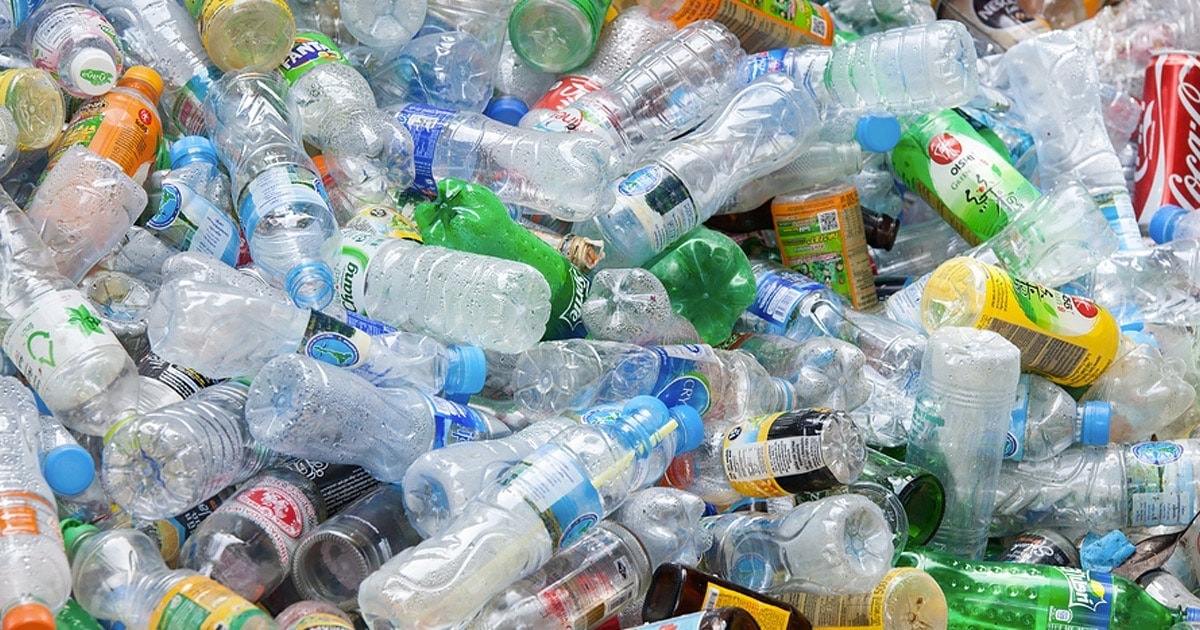
[ad_1]
Entry to protected and clear consuming water is a elementary human proper, but, in lots of components of India, this primary necessity stays a problem.
Whereas municipal faucet water is accessible to a big phase of the inhabitants, its high quality has raised vital issues.
With growing air pollution ranges and insufficient infrastructure, relying solely on faucet water can pose critical well being dangers.
This text delves into the crucial the explanation why you must suppose twice earlier than consuming faucet water in India.
1. Contamination Ranges Past Permissible Limits
Based on a report by the Bureau of Indian Requirements, an alarming proportion of faucet water samples throughout Indian cities have been discovered to be contaminated with hazardous parts comparable to lead, arsenic, and fluoride, surpassing the permissible limits set by the World Well being Group (WHO). As an example, in a latest survey performed by Native Circles, solely 3% of respondents mentioned that they don’t must purify the faucet water. In the identical survey, round 44% of respondents mentioned that they use an RO system to purify water.
2. Insufficient Infrastructure and Poor Sanitation Practices
India’s outdated and overburdened water infrastructure make the difficulty of contaminated faucet water worse. The dearth of correct upkeep of water pipelines and poor sanitation practices usually trigger pollution, together with sewage, to seep into the water provide (information: sewage in Delhi’s water). In densely populated city areas, the scenario worsens because the infrastructure struggles to fulfill the growing calls for. This results in a compromised water provide.
Click on right here to learn: How Faucet Water is Damaging Your Hair, Pores and skin, and Nails?
3. Pervasive Water-Borne Ailments
The consumption of faucet water in India has been immediately linked to the prevalence of water-borne illnesses. Based on the Nationwide Well being Profile 2021, waterborne illnesses comparable to cholera, typhoid, and diarrhea proceed to bother a considerable inhabitants in India. For instance, in 2020, the outbreak of water-borne illnesses in components of Uttar Pradesh was traced again to the consumption of contaminated faucet water, affecting hundreds of people and highlighting the pressing want for stringent water high quality rules.

4. Disparities in Water High quality Throughout Areas
The standard of faucet water varies considerably throughout totally different areas in India. Whereas some city areas grapple with industrial pollution and heavy metallic contamination, rural areas face the challenges of microbial contamination and insufficient therapy amenities. A research by DownToEarth indicated that the groundwater in Punjab include dangerously excessive ranges of poisonous parts like uranium, arsenic, manganese, zinc, copper, and lead, thereby underscoring the widespread nature of the difficulty throughout various geographical areas.

5. Restricted Accountability and Insufficient Regulatory Measures
The federal government is making an attempt laborious to make water higher, however guidelines aren’t at all times enforced properly. So, in lots of locations in India, faucet water continues to be not excellent. Stories of irregular water high quality testing and non-compliance of security guidelines present that we want stronger guidelines and strict vigilance. That is to verify everybody can have protected water to drink.
Conclusion
In mild of the persistent challenges related to faucet water in India, it’s crucial for people to prioritize their well being by both exploring different sources of unpolluted consuming water or utilizing an acceptable water purification system.
Whereas initiatives just like the Jal Jeevan Mission have sought to handle a few of these issues, complete and sustained efforts are crucial to make sure that each Indian has entry to protected consuming water, thereby safeguarding public well being and selling general well-being.
[ad_2]
Supply hyperlink








